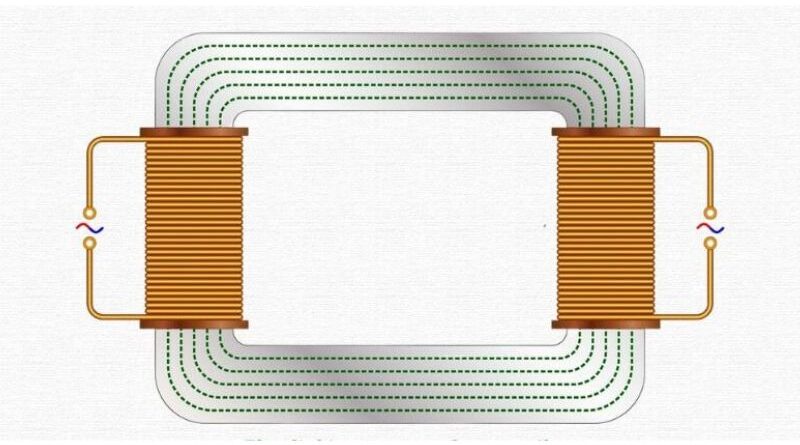
Decoded magnetomotive force
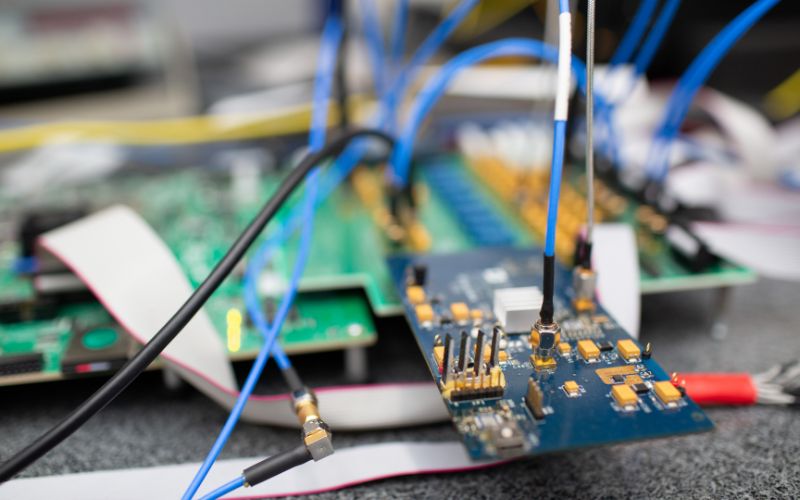
The force that creates the magnetic field depends on the number of turns of the coil and also on the intensity of the electric current that flows. This force drives the magnetoelectric machine and the unit of measurement is the ampere-turn. This is equal to the electrical current multiplied by the number of windings. (MMF = I xn). The magnetomotive force is also called Hopkinson's law.
The ampere-turn (At) is defined by a gradual direct current of one ampere flowing in vacuum through a single-turn circuit of electrically conductive material.
The Gilbert (Gi), introduced by the IEC in 1930 (1), is the power unit of the CGS system. The Gilbert is defined differently and may be a slightly smaller unit than the magnetomotive force. The unit is named after William Gilbert (1544-1603), an English physician and natural scientist.
F = NI
I am the current that passes through the circuit.
F = ΦR
R is reluctance.
F = Holy
l is the average length of the circumference of a toroid or coil.
Magnetomotive force in a generator
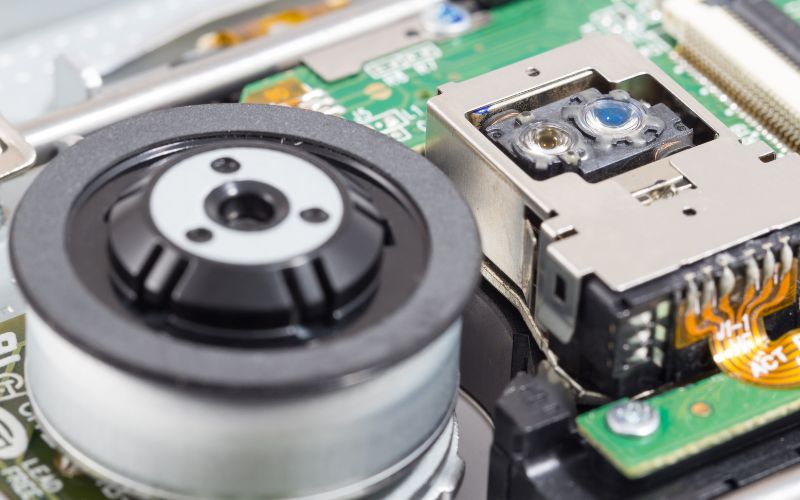
A rotating magnet creates a magnetic flux. In the presence of a generator coil, the kinetic energy of a rotating magnet in the lock is converted into electricity. The voltage generated in the lock is proportional to the number of coil turns. On the other hand, the electric current induced in the ring is inversely proportional to its resistance (or even its electrical phenomenon, measured in ohms). Thus, the power generated in a coil in relation to a dynamic external force field increases proportionally to the number of turns and the electrical phenomenon generated in the ring. This can also be seen as a quantitative relationship between the power generated divided by the frequency or speed of movement, the quotient of which is the torsion.
MMF mechanics: components and influences
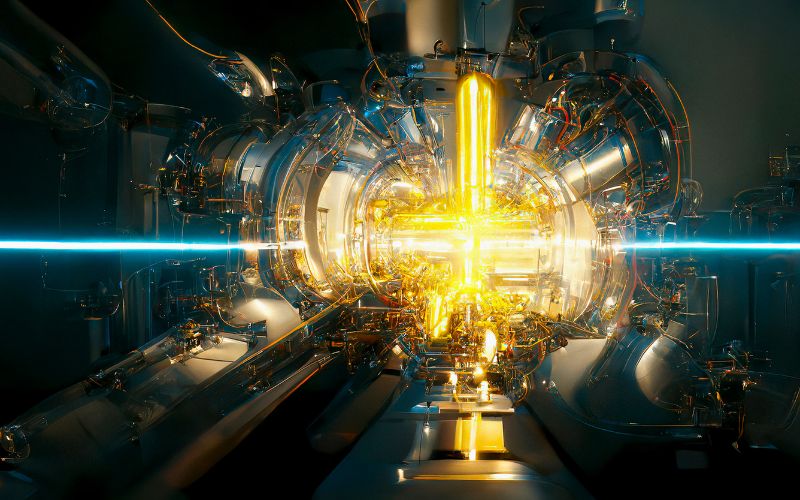
MMF in inductors: connecting turns and currents
The core of MMF is the relationship between the number of turns in a coil (N) and the electrical current (I) that flows through it. This connection is the basis for the manifestation of MMF in inductors. As current flows through the coil, it induces a magnetic field that is proportional to the product of N and I, creating a force that drives magnetic flux within the system. This force, represented as F = NI, highlights the central interaction between loops and chains that defines the MMF.
Magnetic Flux and Reluctance: The Components of MMF
Two important concepts come into play in MMF: magnetic flux (Φ) and reluctance (R). Magnetic flux quantifies the number of magnetic field lines that pass through a specific area and essentially represents the strength of the field. On the other hand, it refers to the resistance that a magnetic circuit offers to build magnetic flux. This is analogous to resistance in electrical circuits, but for magnetic fields. The relationship between these two factors, given by the equation F = ΦR, shows how closely the MMF is linked to the interaction between the magnetic flux and the resistance it encounters.
Magnetization Strength and Length: Factors Affecting MMF
To understand the intricacies of MMF, one must also consider the role of magnetizing force (H) and length (l). Magnetizing force, often referred to as magnetizing field strength, is the driving energy that aligns the magnetic domains within a material. This force significantly influences the MMF because a stronger magnetizing force results in a greater ability to build magnetic flux.
The length parameter takes into account the spatial arrangement of the magnetic circuit. For toroidal or solenoid geometries, the average circumference length is crucial in determining the total MMF. The MMF required to produce a given magnetic flux increases with altitude.
MMF Functions in Modern Applications
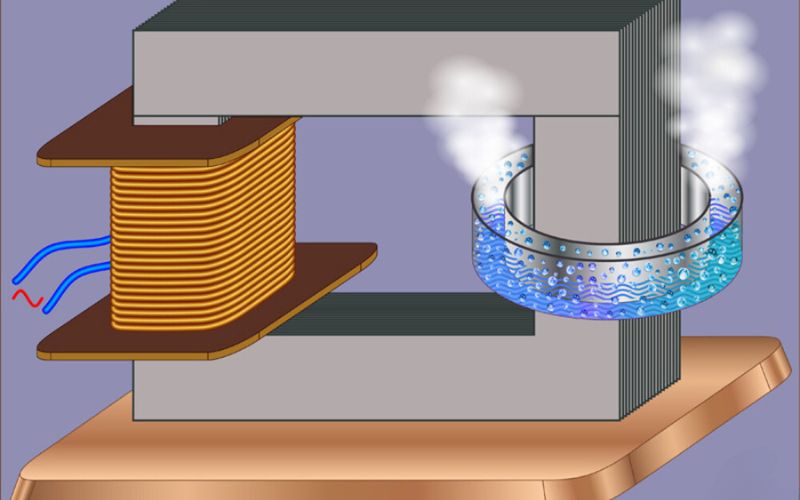
Magnetomotive force (MMF) goes beyond theoretical limits to prove its capabilities in modern applications, driving innovation across a wide range of sectors.
Wind and solar energy
The MMF is dynamic in the field of renewable energy, particularly in the generation of electricity from wind and solar energy. MMF contributes to the efficient conversion of energy in wind turbines by optimizing the magnetic circuits of the generators. Solar applications benefit from MMF's ability to increase the efficiency of photovoltaics, enabling greater energy production from sunlight.
Electric transport
As electric vehicles (EVs) become more popular, FMMs play a crucial role in propulsion. MMF magnetic drive systems enable efficient motor performance and minimize energy loss during conversion. This increases overall range and accelerates the electric vehicle industry's shift toward greater sustainability.
Industrial advances
In the industrial sector, MMF-controlled technologies are used for automation and control systems. MMF-controlled electromagnetic systems enable precise material handling in manufacturing processes, contributing to smoother, more precise assembly lines.
Greater efficiency
The influence of MMF also extends to power electronics, where it optimizes the efficiency of transformers. Transformers equipped with MMF enable reliable transmission of power across networks, minimizing power losses and maximizing magnetic circuit performance.
Medical images
Applying MMF to medical imaging devices such as MRI machines improves image accuracy. MMF-controlled systems provide greater image quality, ensuring consistent magnetic fields, allowing for more accurate diagnoses.
Wireless charging
The rise of wireless charging technologies benefits from MMF's contributions. MMF improves the magnetic coupling between the charger and device in wireless charging pads, resulting in more efficient power transfer.
Conclusion
The fascination with the magnetomotive force continues unabated, inviting researchers, engineers and visionaries to discover its remaining secrets and harness its capabilities. As we advance through the complexities of energy production, transportation and more, the magnetomotive force is a reminder that in the mystery of nature there are forces waiting to be understood, harnessed and transformed to improve society and human knowledge to improve our lives. expand.
Common questions
1. What is the basic principle of MMF?
At its core, magnetomotive force (MMF) is a concept that describes the force responsible for producing magnetic flux within a magnetic circuit. This force is created by the interaction between the number of turns in a coil and the electrical current flowing through it.
2. What is the difference between MMF and traditional electromagnetic force?
While electromagnetic force refers to the attraction and repulsion between charged particles, MMF focuses on creating magnetic flow within materials. The essence of MMF is the creation of magnetic fields through the interaction of windings, currents and materials.
3. Can FMM be used to produce sustainable energy?
In any case. MMF's role in efficient energy conversion, especially renewable energy sources such as wind and solar, makes it a key player in sustainable energy production. Its influence extends to increasing the performance of generators and optimizing energy production from various sources.
4. What are the challenges of using MMF in practical applications?
Integrating MMF into practical applications often requires careful engineering work to ensure precise control of magnetic fields. Developing systems that can efficiently generate and manipulate MMF can be complex, and achieving the desired results depends on understanding the complex interactions involved.
5. Are there any recent MMF integration success stories?
There are several examples of successful integration of FMM in different areas. A notable example is its role in improving the efficiency of electric vehicles by optimizing engine performance. Furthermore, MMF-enhanced transformers contribute to more efficient power transmission in electrical networks.

